What Are the Types of Cabbage?
Even though cabbage does not seem to be a popular vegetable, especially among kids, it has an enormous amount of vitamins and minerals and definitely should not be overlooked.
When you look at this vegetable, it seems more like lettuce, but surprisingly, it’s closer to the broccoli and cauliflower type of food.
It comes in many colors and leaf shapes to spruce up your dining tables with its unique nutrient content. Farmers have grown it worldwide for thousands of years, and it can be found in dishes worldwide, such as kimchi to coleslaw.
It will probably seem hard to believe, but over four hundred different types of cabbages are grown worldwide. Since it has many types, we will only mention the most common and popular ones in this article.
Without further ado, let’s dive deep into the types of this magical but often overlooked magic vegetable.
Green Cabbage (Cannonball Cabbage)
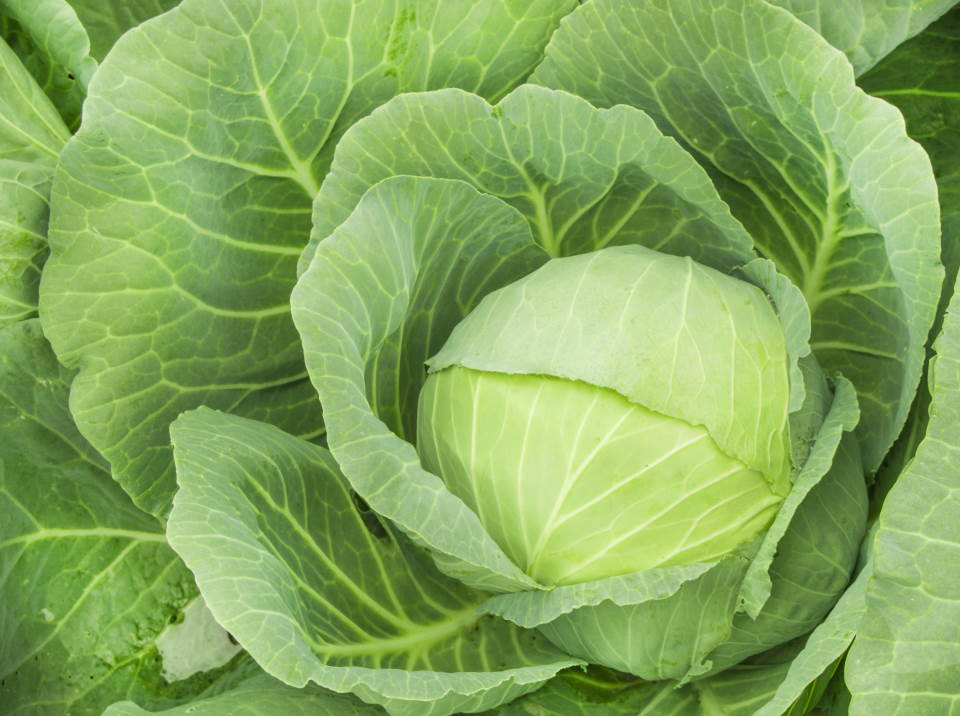
This is one of the most universally grown cabbage worldwide. Due to its tight and spherical shape, it’s also called cannonball cabbage. It’s green, leafy, crunchy, and has a waxy feeling to your touch. You should remove the core since it’s tough to eat when raw.
On top of that, it’s the cheapest cabbage type all around the world with full of precious nutrients. You can eat this type raw or cooked, making it a handy type of vegetable to keep around. Also, here’s a small cooking tip; roasting green cabbage brings out a large amount of flavor and sweetness due to carbohydrates’ caramelization.
Red Cabbage
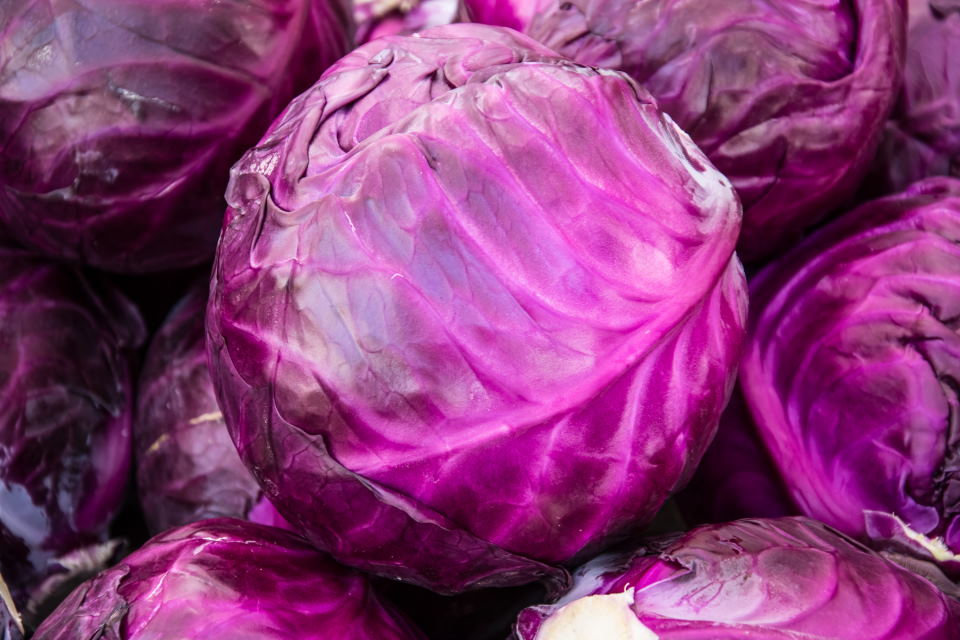
This is highly similar to green cabbage except for the difference in its color: it has brilliant dark purple leaves. It has a relatively more robust flavor than green cabbage, and its leaves are much more crunchy.
Red cabbage is used chiefly raw or pickled as sauerkraut. When you eat it raw, we suggest you cut it into thin pieces and rub it with salt. This way, the leaves will be much softer and juicy. The pickled version is called Blaukraut in Germany. Blaukraut’s translation is “blue cabbage” due to the color change during the pickling process. It is a famous side dish made by simmering red cabbage combined with garlic, vinegar, sugar, and citric acid.
Also, if you boil the red cabbage leaves, you can use the remaining water as the natural food coloring. After the remaining water cools down, add any acidic substance, like lemon juice, if you wish to use it as red. You can add some alkaline ingredients, like baking soda, if you want to utilize it to make something blue.
Bok Choy (White Cabbage)
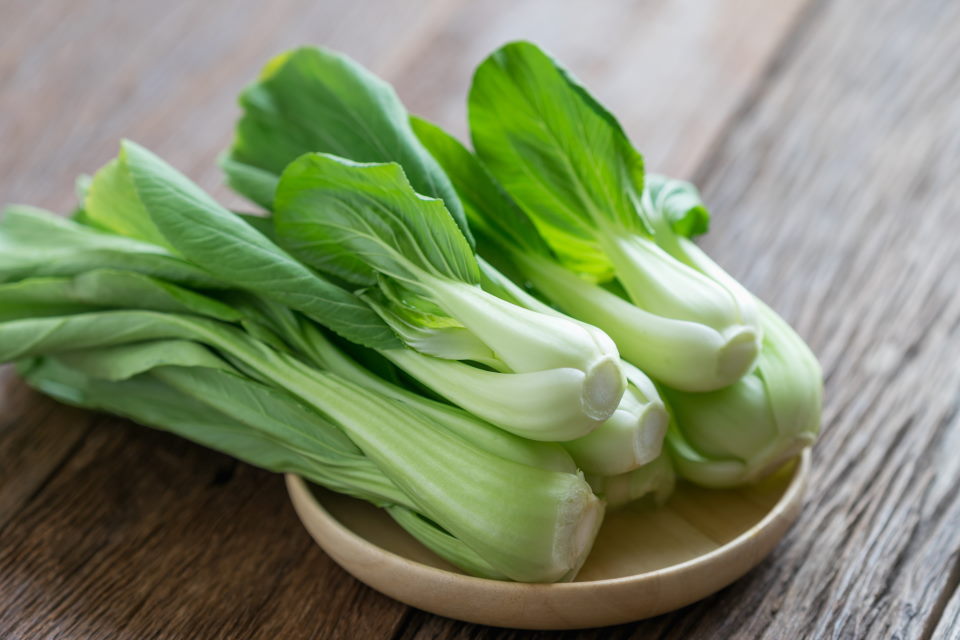
Bok Choy is some cabbage that is commonly used in Asian cooking. This type has a crispy texture and grassy taste, becoming nuttier as you cook. This type is mostly cooked by stir fry, roast, or eaten raw. It is also referred to as white cabbage due to its color.
Like other types, bok choy has a crisp, crunchy texture, a bitter, mineral flavor, and a faint nuttiness that develops when cooking. Baby bok choy is a little bit sweeter than mature bok choy. Hence, baby bok choy is much more pricey than matured one. More special spices resembling mustard greens and bitterness are present in the older, larger bunches. Soy sauce, sesame, chili paste, and aromatics like ginger and garlic go nicely with bok choy.
Savoy Cabbage
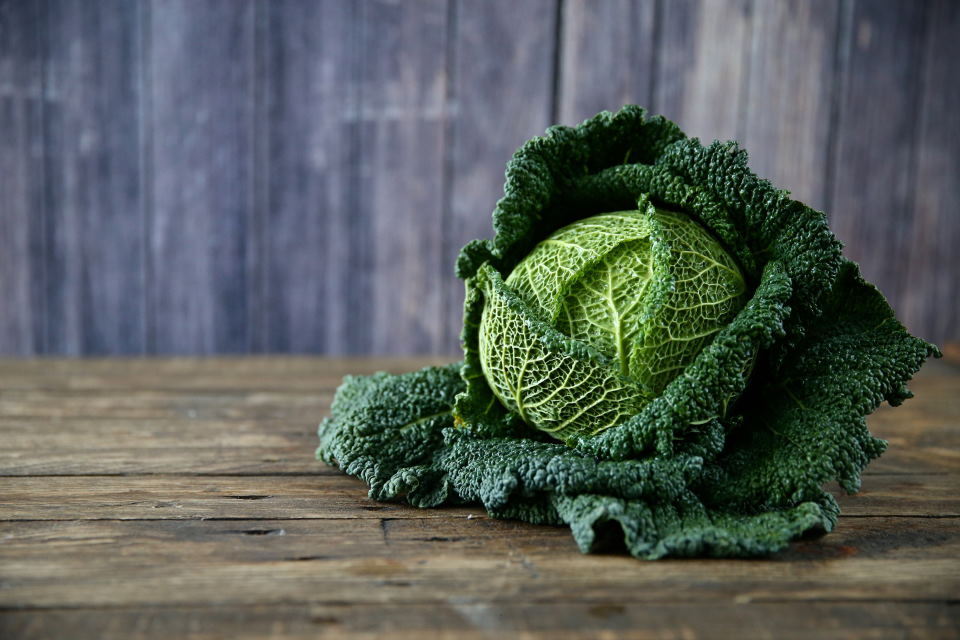
Savoy looks relatively similar to green cabbage but has a smoother and sweeter flavor. For example, its leaves are looser and crinkly compared to green cabbage. In addition, Savoy cabbage is much more expensive compared to other types. Its name comes from the land “Savoy” in France, where it originated. This type is available all year round, but the ones that grow in winter are much sweeter.
This type is much softer when raw compared to green cabbage, but it can maintain its texture better. However, green cabbage turns mushy when it’s cooked. So if you prefer the taste of green cabbage but want something less mushy, you can use Savoy cabbage while cooking.
One of the exciting characteristics of a savoy cabbage is that the texture of the leaves changes from the outside to the center.
The crinkly, green, and delicate outer leaves contrast with the pale yellow, firm, and crisp inner leaves. So, the outer and inner leaves can be used for different purposes. Wrap the outer leaves around the meats and grains before simmering them in tomato sauce. And then braise, stir-fry, or saute in butter or bacon fat with the inner ones. Like most types, it is delicious when served raw in salads and slaws, where a combination of inner and outer leaves provides terrific textural contrast.
Napa Cabbage (Chinese Cabbage)

When you see the phrase “Chinese cabbage” in a recipe, it most likely calls for napa type. While this elliptical, white to pale green cabbage is grown worldwide, it is the most widely produced type in China and a popular ingredient in authentic Asian cuisines. For example, if you have ever heard of the famous side-dish kimchi, it’s usually made of brined Napa cabbage.
This type has a relatively mild taste and crisp texture when it’s raw. However, it gets softer and much sweeter when cooked.
Napa cabbage is pretty easy to grow and does not need much attention. You can grow it effortlessly in your garden since not much tending is required. However, it takes approximately two months to harvest when it’s planted after the final days of winter.
Napa cabbage is exceptionally similar to Bok Choy, but the leaves are much more easily separated from the base.
Kale (Leaf Cabbage)
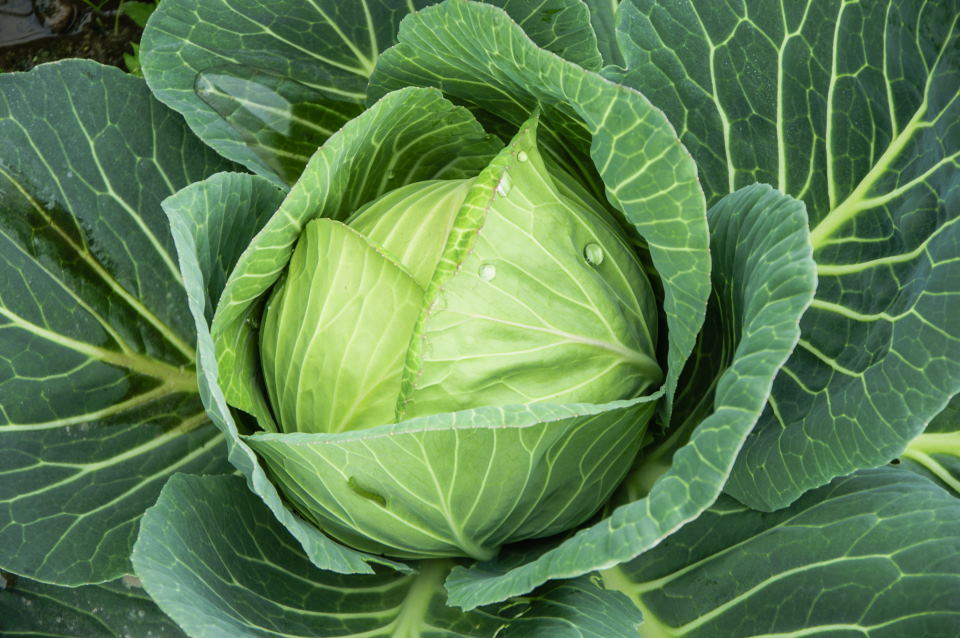
Kale is a type of nutrient-dense cabbage with dark green leaves. It’s crips and has an earthy taste. Less mature leaves and those that grew in summer have a less bitter flavor and more fiber. It has tons of health benefits for the entire body, and it’s irreplaceable for diets to lose weight. Kale is a fantastic source of fiber, antioxidants, calcium, vitamins C and K, iron, and many other nutrients that can help prevent many health issues.
There are three different types of this vegetable:
Curly kale: This is the most commonly found kale in the market. It has tight, ruffled leaves that are easy to tear and is usually bright green, dark green, or purple. Run your hand down the fibrous stalk in the direction of growth to remove the leaves.
Lacinato kale: It is also known as dinosaur kale. It is a dark blue-green type that is firmer and more robust than curly kale. Because of its scaly texture, it is known as dinosaur kale. The leaves are longer and flatter, and their texture remains after cooking. Dinosaur kale is less bitter than curly kale and is ideal for making kale chips.
Red Russian kale: This is a flat-leaf type that resembles oak leaves. The stalks are purple, and the leaves are reddish. The stalks may be too fibrous to eat, but the leaves are sweet and delicate, almost like sorrel, with a hint of pepper and lemon. They can be eaten raw or as a garnish in salads, sandwiches, and juices.
Brussels Sprouts
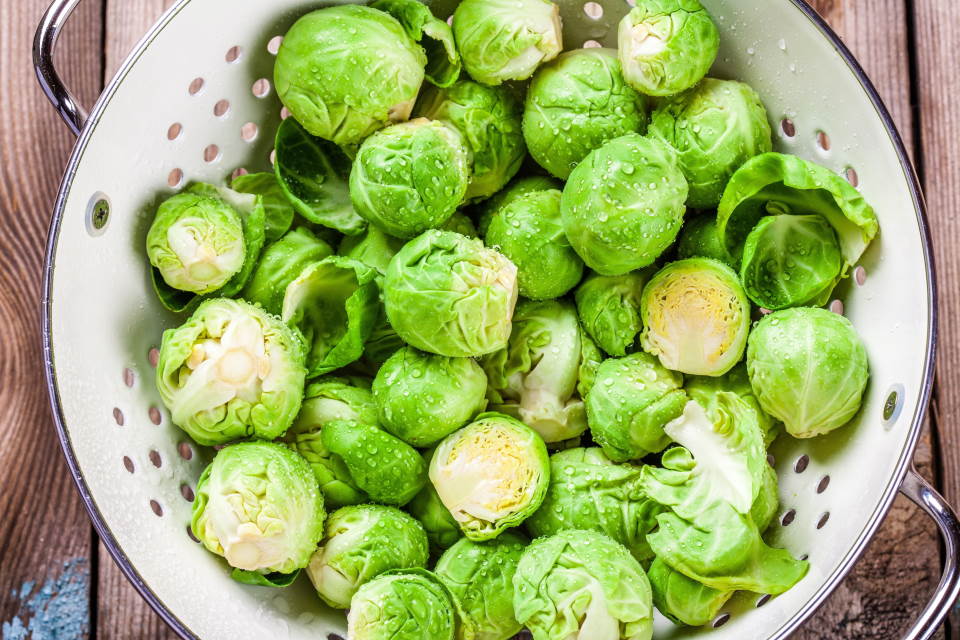
Brussels Sprouts look like tiny cabbages with sweet, nutty, and smoky flavor when cooked adequately. They taste similar to bok choy cabbage but milder. They have a crunchy exterior and a soft and creamy interior.
Unfortunately, in many’s minds, Brussels sprouts are ghastly green leafy balls with an unpleasant taste and odor. Therefore, many people try to avoid this type at all costs. After all, many kids have been traumatized by being forced to eat a horrible-tasting dish made by their mother. But here’s the thing:
Brussels sprouts aren’t as bad as you think. People are so accustomed to the concept that they taste bitter and stink up the house. Hence, they are unwilling to give them another chance. However, when correctly prepared, these little green balls are pretty delicious.
Brussel Sprouts’ taste depends entirely according to the way you cook. The key to cooking these tasty little cabbages is just not overcooking them. Also, the smaller ones have a sweeter flavor compared to the mature ones, so you might want to choose accordingly when you are at the farmer’s market.
We suggest you roast them since it’s the easiest method. This way, the natural sugar these little cabbages consist of will caramelize, become crispy, and have an exquisite flavor.
Brussels sprouts contain a high concentration of a naturally occurring sulfur-based substance. According to research, this compound may help prevent DNA damage, increasing your chances of cancer. It may also prevent the formation of new blood vessels within tumors. As a result, consuming a lot of Brussels sprouts may help protect against stomach, lungs, kidney, breast, bladder, and prostate cancer.
In addition, crunchy types, such as Brussels sprouts, may help you avoid other health problems like high blood pressure, high cholesterol, heart disease, and diabetes. Brussels sprouts also contain carotenoids, plant pigments beneficial to the eyes.
Choy Sum (Chinese Flowering Cabbage)
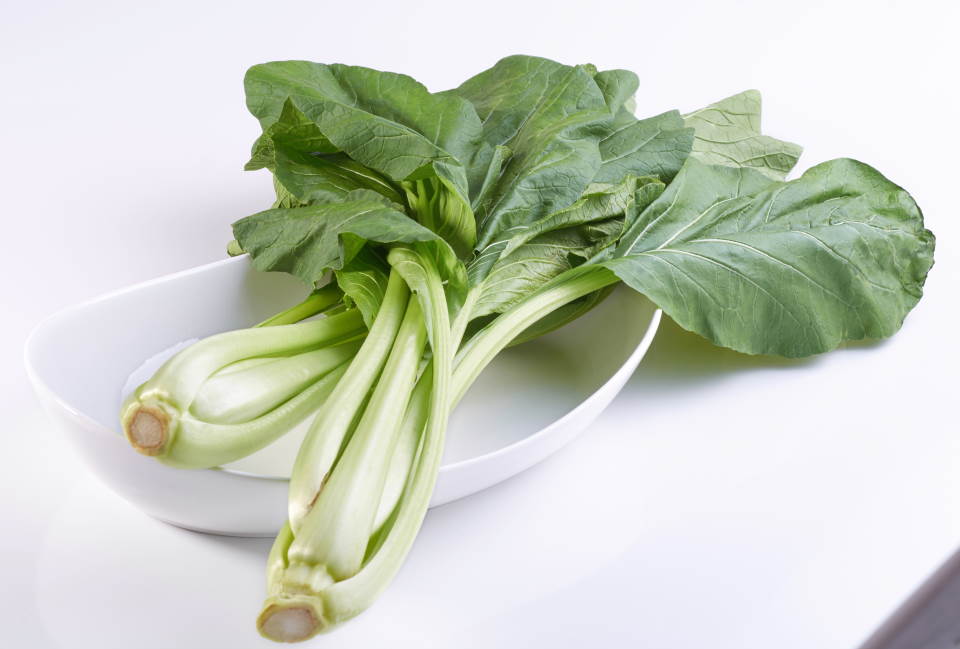
Choy Sum is some leafy cabbage mostly used in Chinese cuisine. It is also known as Chinese flowering cabbage because of its cute little yellow flowers. Instead of forming a head like green cabbage, this one forms many long and thick stalks. It has a generally mild mustardy flavor. It’s sweet when cooked but bitter when raw.
Its flowers are safe and encouraged to eat, so you can add a dash of color to your salads or use them to decorate your gourmet food. When buying choy sum, you should pick the ones with the greenest bright leaves and avoid the ones with yellowing and damaged sections. You can both eat the leaves and stalks.
Tuscan Cabbage
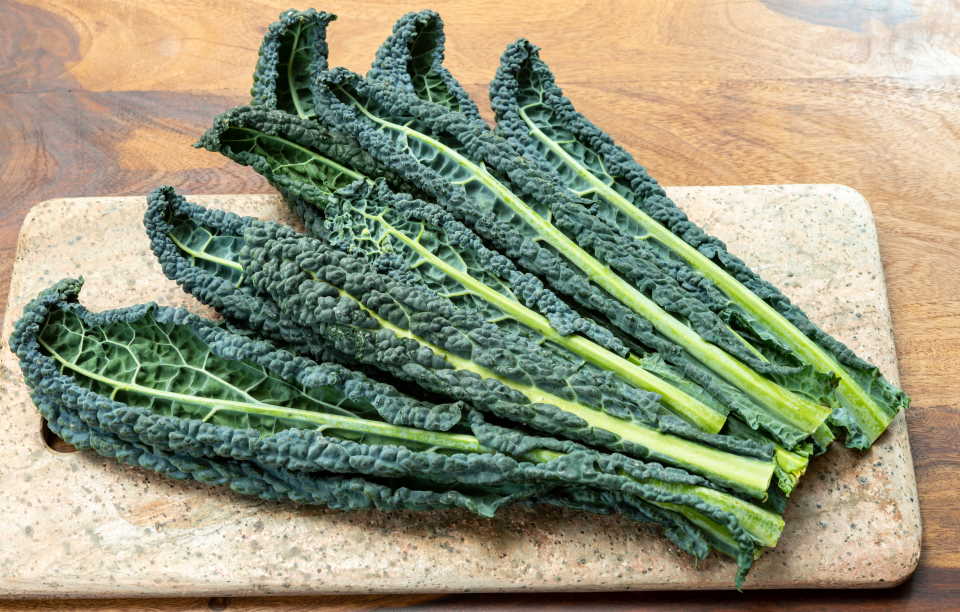
This versatile type of vegetable originated in Italy and is quickly gaining popularity in the United States. The Tuscan cabbage, distinguished by its distinctive dark green, almost black leaves, belongs to the Brassica family (along with broccoli and cauliflower) and is available from April to September.
It’s high in vitamins A, C, and K and tastes great steamed, braised, baked, or pan-fried. Select this type of cabbage with firm, brightly colored leaves and tough stalks. You will get an excellent winter salad if you saute this type with nuts, fetta cheese, and pumpkin.
If you want to create some healthy green snacks, you can season Tuscan cabbage with salt and fry these leaves in oil and bake it until they are thoroughly crisp. Just eating one serving of Tuscan cabbage can give you your daily vitamin A requirement which is crucial for eyesight health and your immune system.
January King
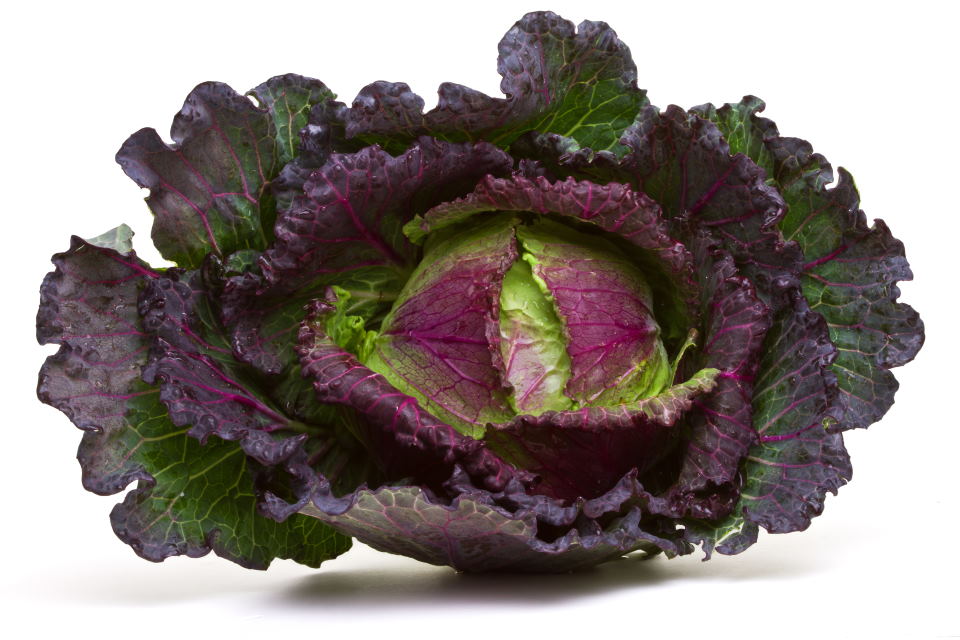
January King is a cabbage that resembles the combined version of Savoy cabbage and white cabbage. It has bluish-green leaves at the bottom with a violet blush on top. It grows to a head shape, and if you dismiss the color, it looks like green cabbage. This is a great type to make a salad to boost your immune system and help your blood vessels. It also looks delicious due to its color in every salad. This type is mostly eaten raw.
Conclusion
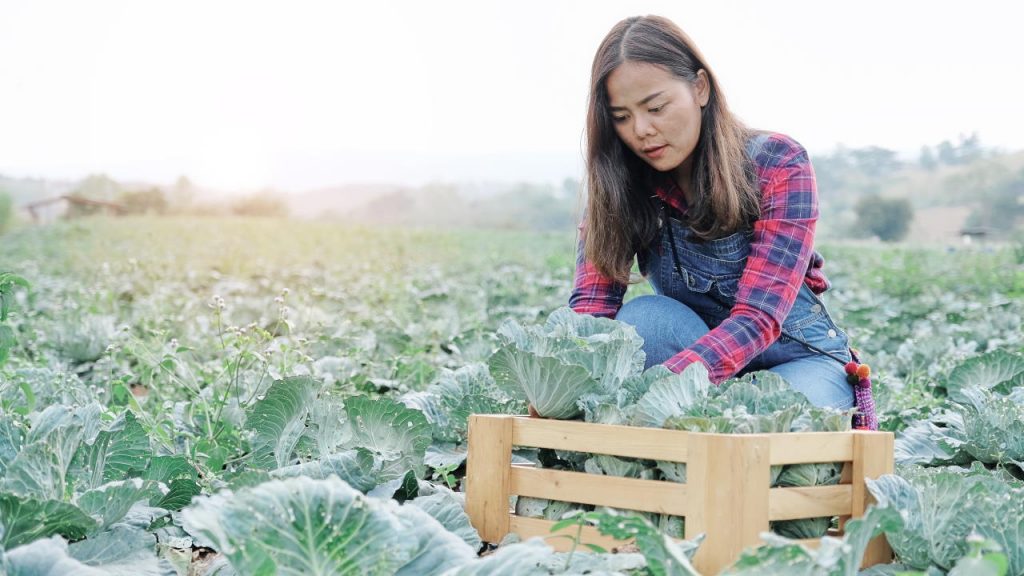
We have shared with you ten different most famous types of this nutrient but overlooked vegetable above. Still, there are many others you might like due to your personal preference and palette. Besides being healthy, they are much cheaper than most other vegetables with the same nutritional benefits. Between all these types, we suggest you try Napa cabbages if you have not before. You might even go ahead and plant one in your garden and make some kimchi from it. We believe that would be the tastiest type of sauerkraut you have ever eaten in your whole life.
You may also be interested in:
How to Grow Cabbage from Seed?

